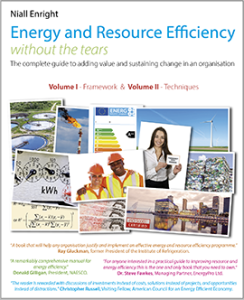Several pieces of news have caught my attention in the last few days which have challenged my generally positive outlook on climate change issues. Despite this, I remain stubbornly optimistic about our ability to rise collectively to the challenges we face, as I will explain…. first though, the bad news…
Let’s start with the report from the BBC of a recent study by Eun-Soon Im, Jeremy S. Pal, and Elfatih A. B. Eltahir. This considered an aspect of global warming which, I must admit, has passed me by – that is the impact of temperature on human survival. Not, I hasten to add, the conventional “dry bulb” temperature measurement we are all familiar with from weather forecasts (and which are hitting all-time highs in Europe in the last few days, in excess of 43 °C in Cordoba, in the south of Spain, for example) but rather the more esoteric “wet bulb” temperature.
This measurement is the lowest temperature that can be achieved by evaporating water from a surface. In a low humidity environment, the wet bulb temperature can be considerably lower than the dry bulb temperature (as heat energy – aka latent heat – is needed to evaporate the liquid water, so lowering the temperature of the surface). As the moisture in the atmosphere rises, however, the potential for further evaporation decreases and so the wet bulb temperature approaches the dry bulb temperature until we reach 100% humidity, when both temperatures are the same. read more…

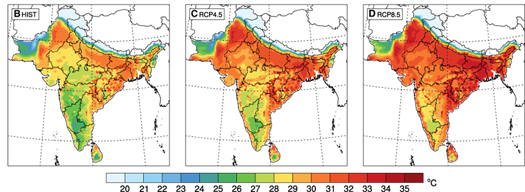
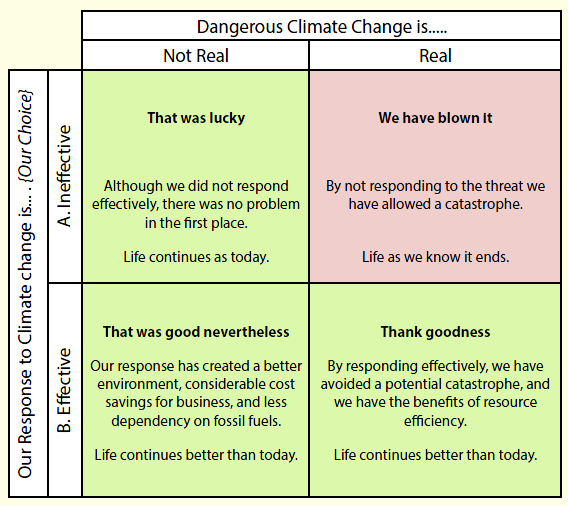
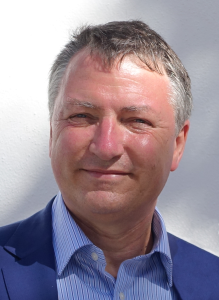

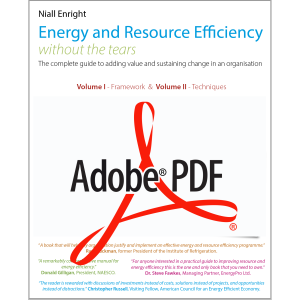

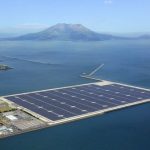
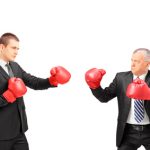 Paul Gilding’s blog has an optimistic take on businesses’ response to climate change, which I would like to share:
Paul Gilding’s blog has an optimistic take on businesses’ response to climate change, which I would like to share:


